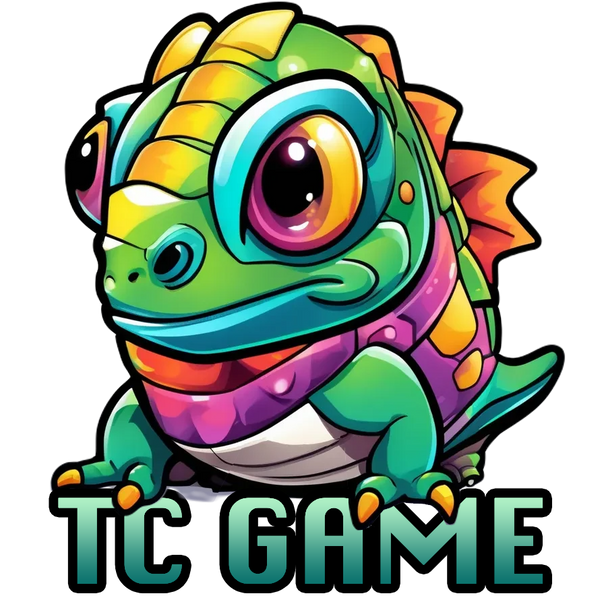Why are some pokemon more expensive than others?
Share
The price of Pokémon cards can vary significantly based on several key factors:
-
Rarity: Cards are categorized into different rarities, such as Common, Uncommon, Rare, Ultra Rare, and Secret Rare. The rarer a card is, the harder it is to find, which increases its value. For example, Holo Rare, Full Art, and Rainbow Rare cards tend to be more expensive than standard cards.
-
Card Condition: Cards in mint or near-mint condition fetch higher prices compared to those that are damaged or worn. Cards that are graded by professional services, like PSA or BGS, and receive high grades (like PSA 9 or 10) can dramatically increase in value.
-
Age: Older sets, particularly from the base set era (1999-2000), tend to have higher prices due to their nostalgia and historical significance. Cards from these early sets are often harder to find, and unopened packs or mint condition cards are even rarer.
-
Popularity of the Pokémon: Some Pokémon, like Charizard, Pikachu, and Mewtwo, are more popular than others, which leads to higher demand and prices for their cards. Charizard cards, in particular, have a history of being highly sought after.
-
Playability in Competitive TCG: Cards that are highly playable in the competitive Pokémon Trading Card Game (TCG) environment tend to increase in value. If a card is a staple in popular decks, it will be in demand among players, driving up its price.
-
Limited Editions or Promotional Cards: Special edition cards, such as those released at events, as promos, or through exclusive partnerships, can be highly collectible and therefore more expensive.
-
Artwork: Cards with unique or sought-after artwork can attract collectors, increasing their value. Full-art or alternate-art cards often stand out and are valued higher by collectors.
All of these factors contribute to why some Pokémon cards are more expensive than others. Collectors, players, and investors all influence the market in different ways.

